This article was co-authored by Laura Marusinec, MD. Dr. Marusinec is a board certified Pediatrician at the Children's Hospital of Wisconsin, where she is on the Clinical Practice Council. She received her M.D. from the Medical College of Wisconsin School of Medicine in 1995 and completed her residency at the Medical College of Wisconsin in Pediatrics in 1998. She is a member of the American Medical Writers Association and the Society for Pediatric Urgent Care.
There are 7 references cited in this article, which can be found at the bottom of the page.
wikiHow marks an article as reader-approved once it receives enough positive feedback. In this case, 94% of readers who voted found the article helpful, earning it our reader-approved status.
This article has been viewed 921,002 times.
Whether you accidentally step on a sea urchin or if you handle one carelessly, you can get stung. Sea urchins are venomous, so prompt and proper care is important. In the event of a sea urchin sting, stay calm and follow protocol to avoid serious infection.
Steps
Removing the Spines
-
1Recognize a sea urchin sting. In order to treat a sea urchin sting, you must be certain you were stung by an urchin and not another marine animal.
- Sea urchins have flat or globe shaped bodies and are covered in spines. They are found in oceans worldwide, but are more likely to be present in warmer regions.[1]
- Sea urchins lurk in rocky parts of the water and will sting if threatened. Most people get stung when they accidentally step on an urchin.[2]
- You can successfully manage most stings on your own. However, if you have difficulty breathing, nausea, chest pain, or signs of infection like redness and pus you should seek care immediately.[3]
- You should also seek medical care if you were stung around a joint, as the spines may require surgical removal in such cases.[4]
-
2Know what parts are poisonous. Sea urchins are flat, globe-shaped animals. While generally non-aggressive, urchins will sting if stepped on unintentionally.[5] Certain parts of a sea urchins body release poison.
- Sea urchins release venom through their spines and pedicellaria.
- Spines produce puncture wounds and can stay in skin. They should be removed immediately in the event of an attack.[6]
- The pedicellaria are seizing organs found between the spine that latch onto a target when an urchin is attacked. They should also be removed quickly after being stung.[7]
Advertisement -
3Remove the spines. After being stung, remove the spines as quickly as possible to minimize your exposure to venom.
- Use tweezers to pull out the protruding ends of large spines. Move slowly so that the spines does not break off, as medical treatment will be needed if this occurs.[8]
- Hot wax can also be used to remove spines, if they are particularly deep and cannot be removed with a razor. Apply hot wax to the area, let dry, and remove. The spines should be pulled out with the wax.
- Longterm medical problems can occur if spines are not removed properly. If you're not sure you got all the spines out yourself, see a doctor.
-
4Remove the pedicellaria. The pedicellaria must also be removed after an attack to stop exposure to venom.
- The pedicellaria can be removed by applying shaving cream to the infected area and then scraping it off with a razor.[9]
- Be gentle with how you handle the razor as not to cause further distress to the wound.
Washing the Infected Area
-
1Clean the wound with soap and water. As soon as you have removed the spines and pedicellariae, you need to clean and flush the wound.
- This will be uncomfortable as your wound is still sore and will sting to the touch. Be prepared to work through the pain or have someone assist you if you're worried about not being able to tolerate the discomfort.[10]
- You can also use hydrogen peroxide or betadine solutions instead of soap.[11]
- Rinse the area thoroughly with clean drinking water after washing.[12]
-
2Do not close the wound. Bandages and tape should not be used to seal the wound. Any embedded spines not removed with tweezers need to work their way out of the skin to avoid bacterial infections and effects of the urchin's venom.[13]
-
3Bathe the wound. To treat the pain and minimize chances of infection, some people bathe their wound after the initial cleaning.
- You can submerge the wound in hot water. The water should be hot to the touch but not boiling. Keep the wound in the water for at least an hour or as long as you can tolerate the heat. This will help ease the pain and dissolve any remaining spines. You can add Epsom salt or magnesium sulfate compound to the water to aid in this process.[14]
- Some people try a hot vinegar bath. Mix a small amount of vinegar in a tub of hot water and soak for 20 to 40 minutes. You can also add Epsom salt to the water, as this will help the remaining spines dissolve.
Treating the Wound and Pain
-
1Treat the wound before bed. Before you go to bed, you should put a small dressing on the wound to avoiding irritating it overnight.
- Place a vinegar soaked cloth over the wound and wrap it in plastic wrap. Tape the plastic wrap on so it stays secure.
- Keep the dressing loose, however. Remember, you don't want to close up the wound completely as the remaining spines need to work their way out.
-
2Take antibiotics and painkillers. To ward off infection and treat any lingering pain, over-the-counter antibiotics and painkillers should be taken as instructed.
- Topical antibiotic ointment, available at most drug stores and supermarkets, should be applied on the wound. While this should be done in any case as a precaution, it's especially important if you notice redness or swelling.[15]
- Tylenol and ibuprofen are good choices to manage the pain. You should take the recommended dose every 4 to 8 hours until symptoms lessen.[16]
-
3Watch for signs of infection. While sea urchin wounds usually heal well if treated properly, urchins are venomous. Know the signs of infection.
- Signs of infection include redness, pus, swelling of the affected area or of the lymph glands that drain the affected area (neck, underarms, or groin), or heat.[17]
- Seek medical care if signs of infection do not clear up within a few days.
- If you develop any breathing problems or chest pain, the infection may be severe and you should go to your nearest emergency room.[18]
Warnings
- If a spine entered near a joint, you may require surgical removal. Consult a doctor rather than attempting to handle the situation on your own.⧼thumbs_response⧽
- Seek immediate medical attention if you have multiple puncture wounds, fatigue, weakness, muscle aches, or difficulty moving your arms or legs. Also, get immediate help if you develop signs of a serious allergic reaction: breathing problems, chest pain, hives, redness of the skin, or swelling of the lips or tongue.[19]⧼thumbs_response⧽
References
- ↑ http://a-z-animals.com/animals/sea-urchin/
- ↑ http://www.emedicinehealth.com/wilderness_sea_urchin_puncture/article_em.htm
- ↑ http://www.emedicinehealth.com/wilderness_sea_urchin_puncture/page4_em.htm#when_to_seek_medical_care
- ↑ http://www.emedicinehealth.com/wilderness_sea_urchin_puncture/page4_em.htm#when_to_seek_medical_care
- ↑ http://www.emedicinehealth.com/wilderness_sea_urchin_puncture/article_em.htm#sea_urchin_puncture_overview
- ↑ http://www.emedicinehealth.com/wilderness_sea_urchin_puncture/article_em.htm#sea_urchin_puncture_overview
- ↑ http://www.emedicinehealth.com/wilderness_sea_urchin_puncture/article_em.htm#sea_urchin_puncture_overview
- ↑ http://www.emedicinehealth.com/wilderness_sea_urchin_puncture/page3_em.htm#sea_urchin_puncture_treatment
- ↑ http://www.emedicinehealth.com/wilderness_sea_urchin_puncture/page3_em.htm#sea_urchin_puncture_treatment
- ↑ http://getswellsoon.com/2012/03/09/sea-urchin-sting/
- ↑ http://getswellsoon.com/2012/03/09/sea-urchin-sting/
- ↑ http://getswellsoon.com/2012/03/09/sea-urchin-sting/
- ↑ http://www.emedicinehealth.com/wilderness_sea_urchin_puncture/page3_em.htm#sea_urchin_puncture_treatment
- ↑ http://www.emedicinehealth.com/wilderness_sea_urchin_puncture/page3_em.htm#sea_urchin_puncture_treatment
- ↑ http://www.emedicinehealth.com/wilderness_sea_urchin_puncture/page3_em.htm#sea_urchin_puncture_treatment
- ↑ http://www.emedicinehealth.com/wilderness_sea_urchin_puncture/page3_em.htm#sea_urchin_puncture_treatment
- ↑ http://www.emedicinehealth.com/wilderness_sea_urchin_puncture/page3_em.htm#sea_urchin_puncture_treatment
- ↑ http://www.emedicinehealth.com/wilderness_sea_urchin_puncture/page4_em.htm
- ↑ http://www.emedicinehealth.com/wilderness_sea_urchin_puncture/article_em.htm
About This Article
To treat a sea urchin sting, use tweezers to pull the spines out of your skin as quickly as possible. Next, apply shaving cream to the wounded area and gently scrape it off with a razor to remove all traces of the venomous spines. Then, clean the wound with soap and water and pat your skin dry. You can take over-the-counter painkillers and apply antibiotic ointment to manage the pain and swelling. To prevent irritation at night, cover the wound with a loose bandage before going to bed. Be sure to remove the bandage in the morning to let the wound breathe during the day! For tips on recognizing the symptoms of infection, read on!
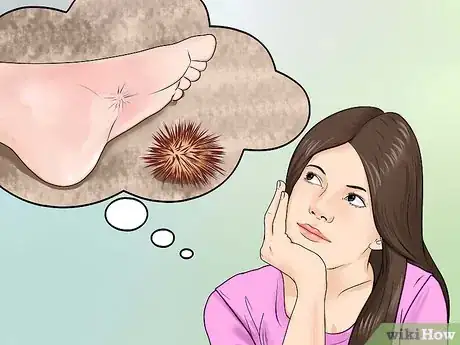
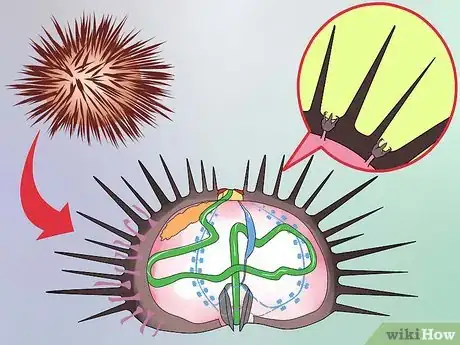


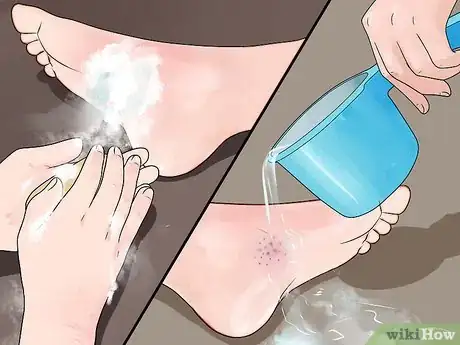
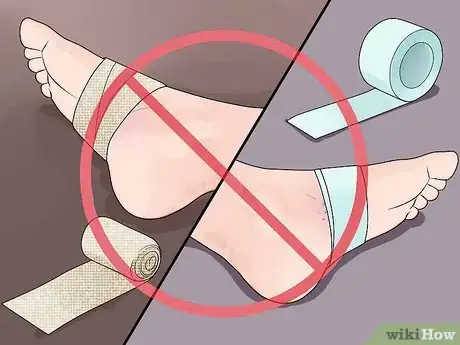
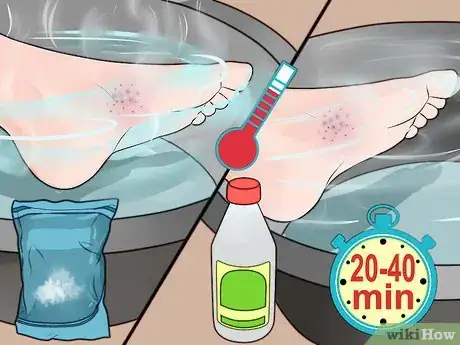

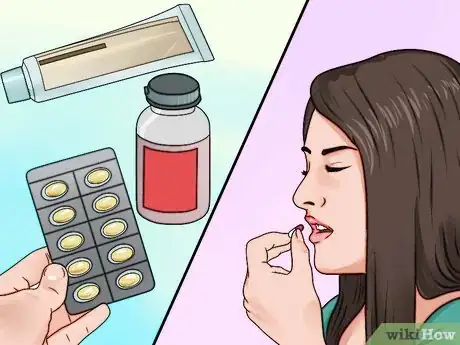

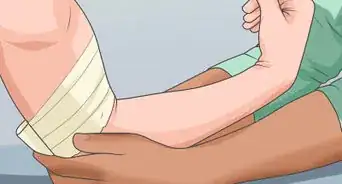
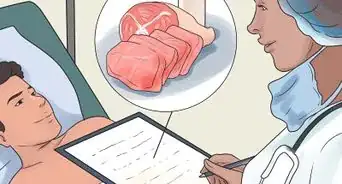
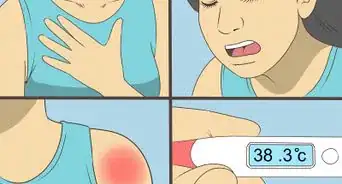
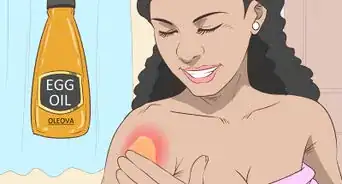

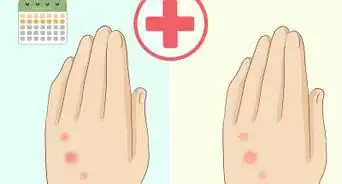

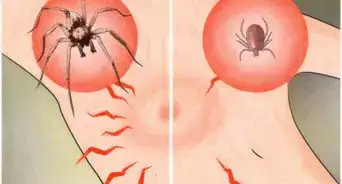
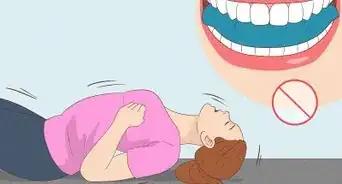


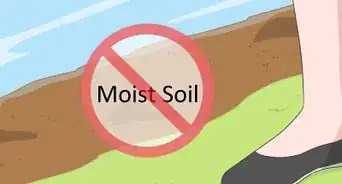

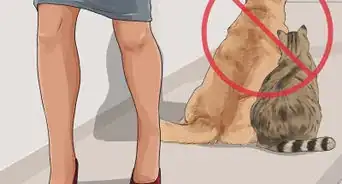










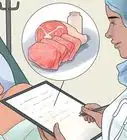





































Medical Disclaimer
The content of this article is not intended to be a substitute for professional medical advice, examination, diagnosis, or treatment. You should always contact your doctor or other qualified healthcare professional before starting, changing, or stopping any kind of health treatment.
Read More...